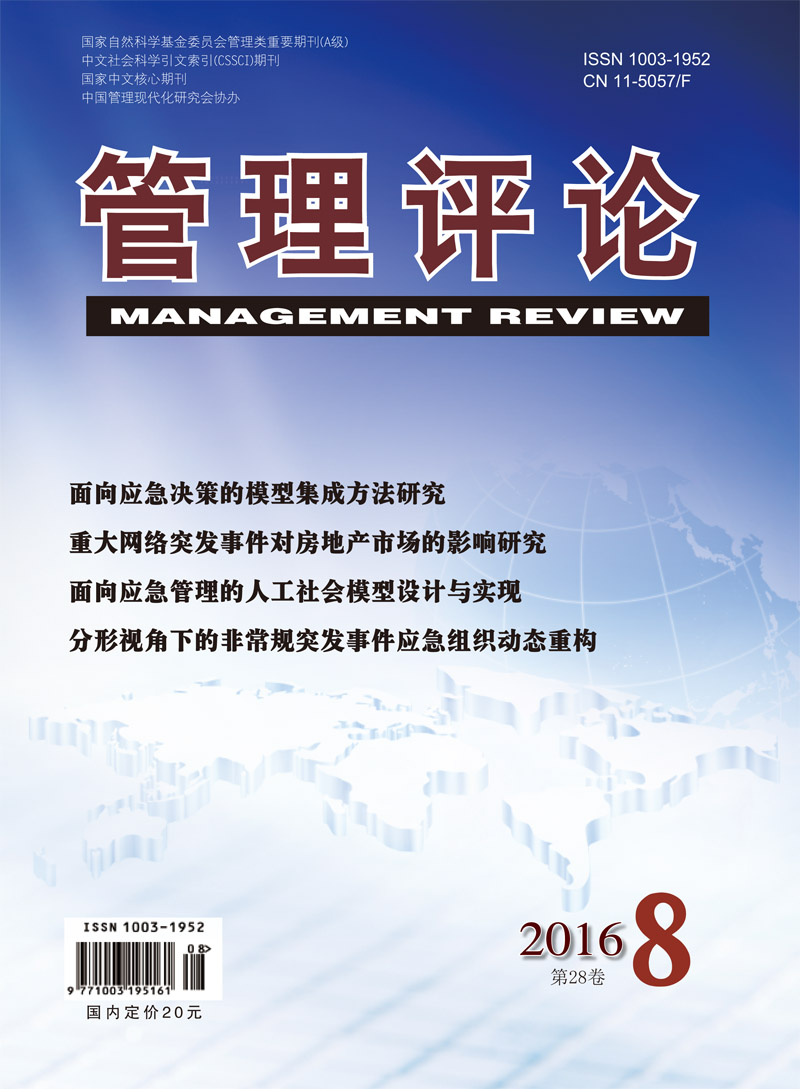This paper proposes a fire risk management method of urban dense buildings under the theory of multi-agent collaborative governance. In terms of risk identification, risk assessment and evaluation, platform construction and implementation, case studies, policy recommendations, it gives a set of multi-agent cooperative governance and fire risk management concepts of urban dense buildings. It is the first time the multi-agent of risk management of urban dense buildings is divided into three categories:The external body, the inner body and grassroots, and it analyses the vulnerability of various related subject and objects. Using the theory of multi-agent cooperative governance, Heinrich causal chain theory and LEC evaluation method, we assess the risk and the danger of the possibility on exposure and result of fire risk of urban dense buildings. And we construct a multi-agent cooperative governance platform system of fire risk management of urban dense buildings, to achieve real-time multi-agent interaction. Combined with the case of big bang case of Tianjin Binhai New Area, this paper designs the corresponding multi-agent governance programs, analyses the vulnerabilities of multi-agent risk management, accesses the fire danger level by LEC evaluation, and applies the multi-agent interaction management system as a platform. Finally, this paper presents some relevant policy recommendations of urban dense buildings' fire risk management. This study has important theoretical significance and practical value in the science of urban dense buildings' fire risk management.

